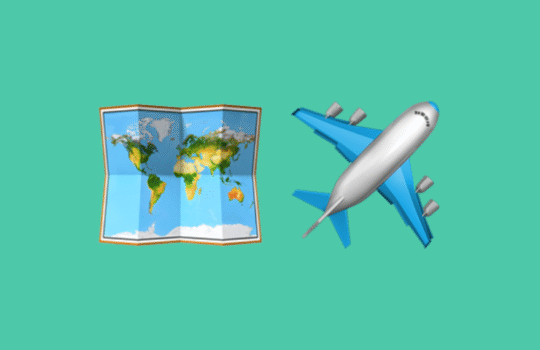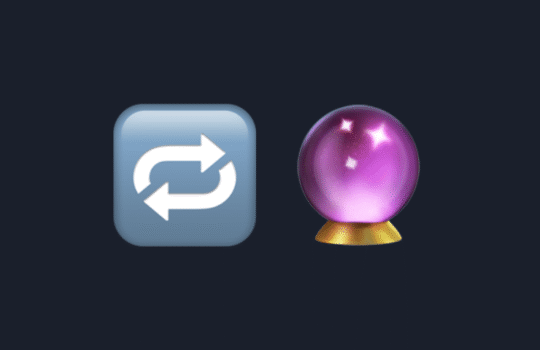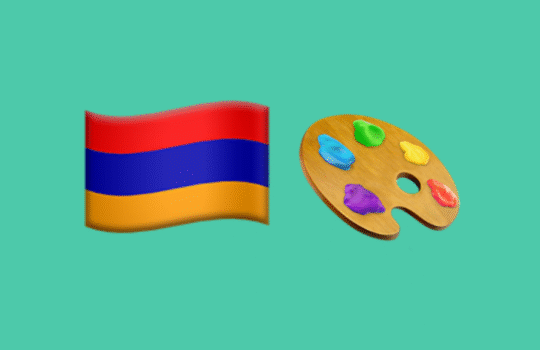Learning Armenian can be a fun adventure, especially when you throw a little challenge into the mix! Whether you’re Traveling to Armenia or any place with an Armenian-speaking community can be an exciting adventure, but navigating signs, menus, or even street names in Armenian can sometimes feel daunting. Whether you’re planning a trip to Yerevan, Dilijan, or an Armenian neighborhood abroad, understanding how to interpret written Armenian can enhance your experience and help you feel more confident.
Don’t worry—while the Armenian script may look unfamiliar at first, there are several strategies and tools you can use to make translating signs and menus easy. Here’s a practical guide to help you translate Armenian during your travels.
1. Learn Basic Armenian Alphabet and Phrases
One of the most important things you can do before traveling to Armenia is to familiarize yourself with the Armenian alphabet. While Armenian can look intimidating, it’s a relatively simple alphabet with only 38 letters. Learning to recognize common signs and menu words can help you decode many of the translations.
Tip: Start by learning essential vocabulary and phrases related to food, transportation, and travel. Words like հաց (“bread”) or մատչելի (“affordable”) will come in handy when you encounter menu items or signs.
2. Use Translation Apps
Modern technology makes translating Armenian easier than ever! Apps like Google Translate, iTranslate, or Microsoft Translator offer instant translation for text, speech, and even pictures. Many of these apps allow you to use your phone’s camera to translate Armenian text in real-time.
How to use translation apps for signs and menus:
- Google Translate: With the camera function, simply point your phone at the Armenian text, and the app will translate it instantly. This is especially helpful for street signs, restaurant menus, and other public signs.
- iTranslate: This app also offers voice translation, so you can speak directly into it if you’re unsure of a word’s pronunciation or meaning.
- Microsoft Translator: Similar to Google Translate, this app allows real-time camera translations for menus and street signs.
Tip: Before you travel, download offline translation packs in case you find yourself without internet access.
3. Familiarize Yourself with Common Signs and Symbols
While understanding the written language is essential, many signs in Armenia follow international symbols and conventions. For example, you might encounter universal signs like:
- Wi-Fi (for internet access)
- Exit or Entrée (for entrances and exits)
- Open/Closed (store hours or restaurant availability)
- Emergency (often with a medical symbol)
Learning some of these common symbols can help you navigate your travels more easily.
Tip: While you might not be able to read everything, identifying common symbols will help you make educated guesses about what you’re looking at.
4. Find a Language Partner
If you want to fully immerse yourself in the language, consider finding a language partner or guide who speaks Armenian. This is a great way to ensure you’re correctly interpreting signs and menus.
Where to find a language partner:
- Language exchange apps: Platforms like HelloTalk, Tandem, or Speaky allow you to connect with native speakers who can help with translations during your trip.
- Hotel staff or locals: Don’t hesitate to ask someone fluent in Armenian if you need assistance with a sign or menu translation. Locals are often happy to help visitors and can offer more context to translations.
Tip: Before asking for help, try to show what you understand and ask for clarification. It helps build rapport with the person and makes the exchange smoother.
5. Use Armenian Menus Online to Prepare
If you’re worried about not understanding a restaurant menu, many restaurants in Armenia offer online versions in English or other languages. You can look up the menu before your visit to familiarize yourself with the dishes. Many local restaurants also feature bilingual menus—one in Armenian and the other in English, which is helpful for tourists.
Tip: If you’re heading to a restaurant known for local Armenian dishes, like khorovats (grilled meat) or dolma (stuffed grape leaves), it’s worth checking the menu online before you go. You’ll get a sense of what’s offered and might even discover something new to try.
6. Keep a Pocket Guide or Phrasebook
When traveling to Armenia, it’s always helpful to have a small Armenian phrasebook or guide with you. These compact resources can provide translations for common phrases and words that you’ll encounter frequently.
Tip: Even a basic pocket guide can be a lifesaver when you need to translate something quickly, especially in areas where digital options aren’t available.
7. Don’t Be Afraid to Ask for Help
If all else fails, don’t hesitate to ask someone for help. Most Armenians, especially in larger cities like Yerevan, speak English or at least understand it well enough to assist you with simple questions. A smile and a polite inquiry can go a long way.
Tip: When asking for help, it’s always a good idea to learn a few basic phrases in Armenian, such as Խնդրում եմ, օգնել ինձ (“Please, help me”) or Դուք խոսու՞մ եք անգլերեն (“Do you speak English?”).
8. Context is Key
When translating signs and menus, context matters. For example, the word հյուրանոց (pronounced “hyuranots”) means “hotel,” but it can also refer to a guesthouse or lodge. Similarly, քաղաք (“k’aghak”) means “city,” but when looking at restaurant menus, it could mean a specific type of dish named after the city of Yerevan.
Tip: Look at the context in which the word is used—this can help you deduce the meaning of unfamiliar terms.
9. Take Notes and Learn From Mistakes
Don’t be discouraged if you don’t get every translation right! Keep a small notebook or use your phone to jot down unfamiliar Armenian words and their meanings. Over time, you’ll start recognizing patterns and learning more of the language, making your next trip even smoother.
Tip: If you make a mistake, ask the locals about it—it’s a great way to learn, and many Armenians are appreciative of tourists making an effort to understand their language.
Conclusion: Translating Armenian Made Easy
With these tools and tips, translating Armenian signs and menus while traveling becomes much more manageable. From leveraging apps to asking for help or even using a phrasebook, you have plenty of options to ensure your travels are enjoyable and hassle-free.
Remember, even if you don’t understand everything, the effort to learn and understand the local language and culture will enhance your experience and create lasting memories.
Happy travels, and don’t forget to enjoy the beautiful Armenian culture along the way!

Ready to start learning Armenian?(www.tunapp.com/get-started)
Tun Online Armenian School is available online to students in 30+ countries. Students can log in and learn Eastern or Western Armenian at a pace that suits them, and it features lessons, quizzes and interactive games to make learning fun.
<< Create your free account and start your first lesson now! >>
✅ Eastern and Western Armenian
✅ Available on mobile
✅ Available on desktop and laptop
✅ Ad-free learning experience
✅ Live practice with other Armenian speakers
✅ Beginner, Intermediate and Advanced levels
✅ Tutor help available
✅ Try before you buy with 4, 8 or 12 lessons free
✅ Cancel any time
















